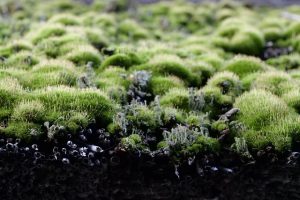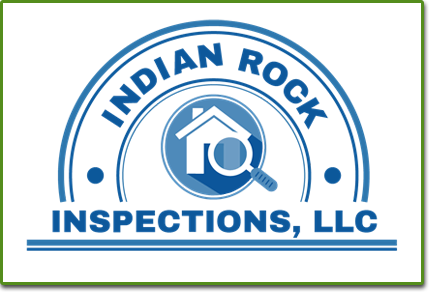When it comes to maintaining the beauty and integrity of your home, one often overlooked aspect is the condition of your roof. In this article, we are going to address one aspect of roof care – dealing with moss.
moss.
Moss, a primitive plant, thrives in moist and shaded areas. Roofs, especially in damp climates, provide the ideal conditions for moss growth. The question then arises: Should you remove moss from a roof?
The answer to this question depends on the materials used to construct your roof. However, over time, moss, with its tiny root structures, can cause significant damage. These roots can penetrate shingles and disrupt the underlying structure, causing leaks and weakening the roof’s integrity. A moss-covered roof tends to have a shorter lifespan. The moisture retained by moss can accelerate the deterioration of roofing materials, leading to premature replacement costs.
Removing moss. It is important to be careful not to damage your roof when removing moss, as some techniques may be a bit harsh. While it would be best to have a professional remove the moss for you, it is possible to remove it yourself.
Use the stiff brush to gently scrub away the moss. Just be very careful not to damage the shingles. There are various moss-killing products available. Select one that is safe for your roofing material and the environment. Follow the manufacturer’s instructions for applying the moss-killing solution. Typically, you’ll need to spray it evenly over the affected area.
When you have removed the moss, you will want to take preventative measures to discourage further growth. Steps include trimming back tree limbs and branches that are shading the roof and cleaning gutters and downspouts regularly.








